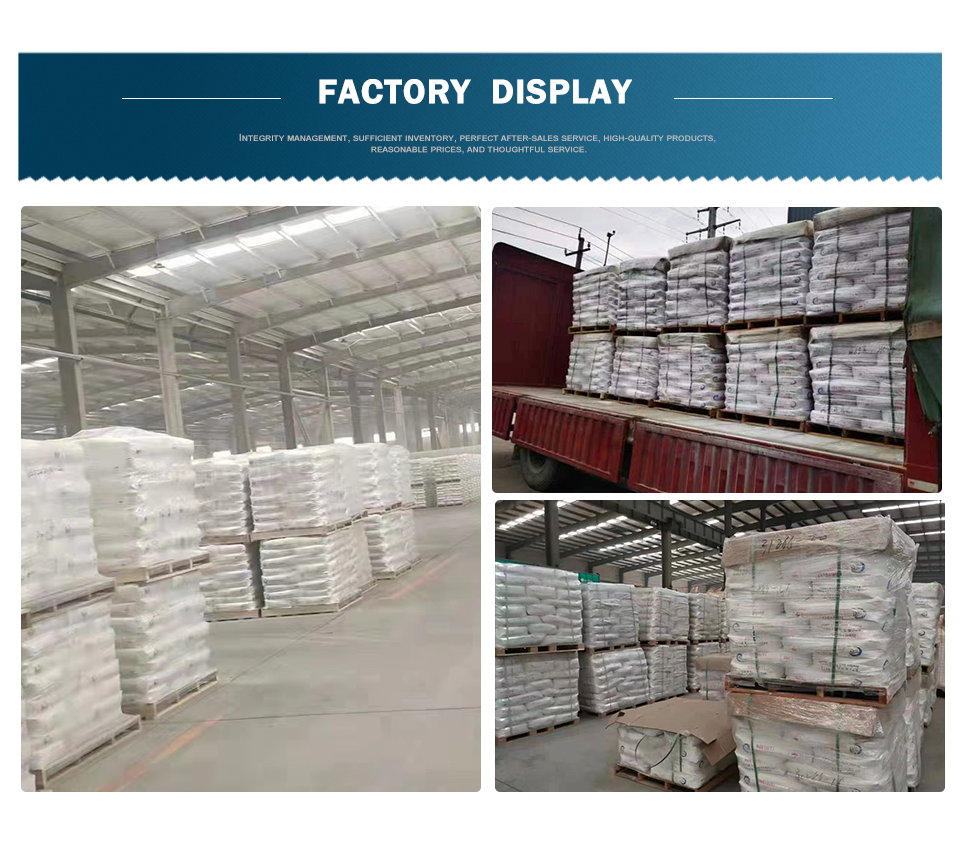
8 月 . 19, 2024 15:51 Back to list
Exploring the Chemical Properties and Applications of Substance 1317-80-2 in Industry
Understanding the Importance of 1317-80-2 A Deep Dive into Titanium Dioxide (TiO2)
Titanium dioxide, often represented by its chemical formula 1317-80-2, is a naturally occurring mineral that has garnered significant industrial and commercial importance
. Commonly known as TiO2, this substance is widely utilized in various applications due to its unique properties, including high refractive index, strong opacity, and excellent UV resistance.Chemical Properties and Structure
Titanium dioxide is an inorganic compound that appears as a white, odorless powder. It is primarily obtained from mineral ores such as rutile and anatase, which are two of its most stable crystalline forms. The compound has a molecular weight of 79.87 g/mol and a density of approximately 4.23 g/cm³. The remarkable feature of TiO2 is its strong ability to scatter light, making it an exceptional white pigment.
Industrial Applications
The most significant application of titanium dioxide is in the paint and coatings industry, where it is used to enhance the durability and color of products. Due to its brilliant whiteness and opacity, TiO2 serves as a key ingredient in the production of paints, providing excellent coverage and brightness. In addition to paints, titanium dioxide is an essential component in the manufacturing of plastics, rubber, and paper, where it contributes to the whiteness and improves the mechanical properties of these materials.
Furthermore, TiO2 is extensively used in the cosmetics industry, particularly in sunscreen formulations. Its ability to block ultraviolet (UV) radiation makes it an effective physical sunblock, providing protection against harmful solar rays. As consumers become more health-conscious, the demand for TiO2 in skincare products is rising, reflecting a shift towards safer and more effective formulations.
Environmental and Health Considerations
1317-80-2

Despite its widespread use, there have been concerns regarding the potential health effects of titanium dioxide, particularly in its nanoparticle form. Research has suggested that inhalation of TiO2 nanoparticles may pose respiratory risks. Regulatory bodies in several countries have begun to scrutinize its safety, leading to a push for more detailed studies to understand its impact on human health and the environment.
In response to these concerns, many industries are actively researching safer alternatives and improved methods of TiO2 production that minimize environmental impact. Sustainable practices, such as recycling waste and optimizing production processes, are being explored to make the use of titanium dioxide more eco-friendly.
Future Prospects and Innovation
The future of titanium dioxide looks promising, particularly as new applications are being discovered. For instance, TiO2 is gaining attention in the field of photocatalysis, where it is utilized to break down pollutants in the air and water. This innovative application highlights TiO2's potential as a versatile compound that not only contributes to industrial processes but also aids in environmental remediation.
Moreover, advancements in nanotechnology are paving the way for improved forms of TiO2 with enhanced properties. Researchers are exploring the possibilities of doping titanium dioxide with other elements to create hybrids that possess unique functionalities suitable for specific applications in electronics, solar cells, and beyond.
Conclusion
In summary, titanium dioxide (1317-80-2) is a vital compound with extensive applications across various industries, from paints and cosmetics to environmental solutions. While concerns regarding its safety continue to surface, ongoing research and innovation promise a future where titanium dioxide can be utilized responsibly and sustainably. As we move towards greener technologies and healthier products, TiO2 remains a fundamental building block in our industrial landscape, reflecting the balance between utility and responsibility.
-
Lithopone for Plastic & TiO2 R-5568/SK-6658 Masterbatch Solutions
NewsMay.30,2025
-
China Leading Rutile TiO2 Manufacturer - R5566 & R996 Grades Available
NewsMay.30,2025
-
High-Purity Anatase & Rutile TiO2 Powder Trusted Manufacturer
NewsMay.30,2025
-
High-Purity Anatase Products Trusted Supplier & Manufacturer
NewsMay.29,2025
-
Best Price Eco-Friendly Rutile TiO2 Supplier & Wholesale Factory
NewsMay.29,2025
-
Chinese Anatase Titanium Dioxide for Ceramic Glaze Reliable Supplier
NewsMay.29,2025
